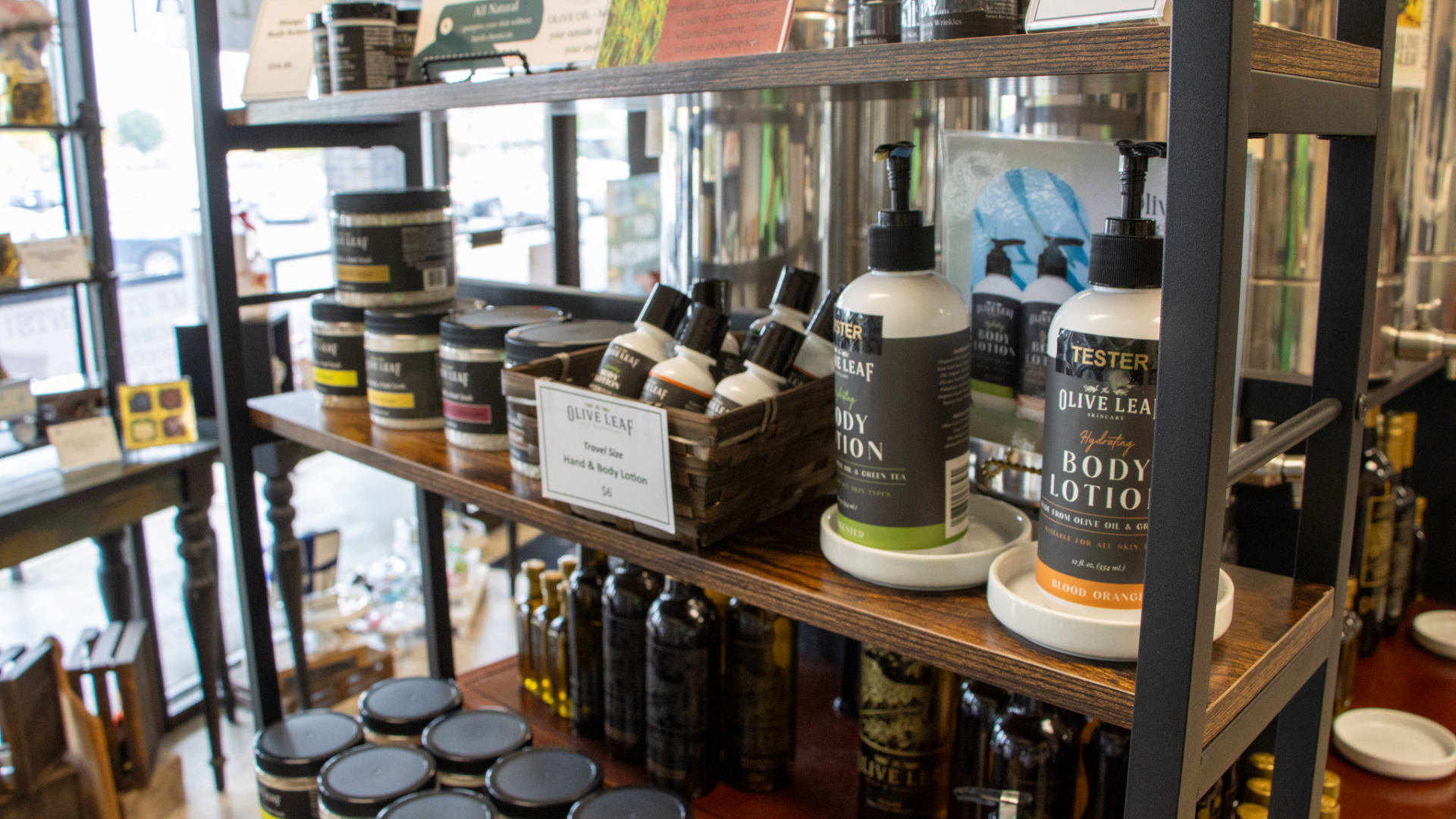How to Read Skincare Labels Like a Pro
Aug 22nd 2025
Reading skincare labels can feel like trying to decipher a foreign language. With long ingredient names, flashy marketing claims, and certifications all crammed onto one bottle, it’s easy to feel overwhelmed. But knowing how to read a skincare label can help you make smarter choices, avoid irritating ingredients, and find products that actually work for your skin.
At Olive Leaf Skincare, we believe transparency matters. So we’re breaking it all down in a way that makes sense — no chemistry degree required.
Start with the Ingredient List
What it tells you:
The ingredient list is the best place to understand what’s really in your skincare product. Ingredients are listed in order of concentration — meaning the first few make up the majority of what’s in the formula.
What to look for:
- Key actives near the top: These are your power players (like hyaluronic acid, niacinamide, olive leaf extract).
- Fragrance and preservatives near the bottom: It’s normal for these to be in small amounts, but if you’re sensitive, less is usually better.
- Latin names (like Olea Europaea): These are often plant-based ingredients, listed with their scientific names.
Pro tip:
If a product claims to be made with a certain ingredient (like chamomile or aloe) but it’s buried at the bottom of the list, the concentration may be too low to offer real benefits.
Understand “Free From” Claims
What they mean:
Terms like “paraben-free,” “sulfate-free,” or “phthalate-free” are there to signal what the product doesn’t contain. This is especially helpful if you have allergies, sensitive skin, or are looking for more natural formulations.
At Olive Leaf Skincare:
All of our products are free from synthetic fragrances, parabens, phthalates, and harsh sulfates — because your skin deserves clean, effective care without unnecessary irritants.
Decode Certifications and Icons
Look for:
- Cruelty-Free: Usually marked by a bunny logo. It means the product wasn’t tested on animals.
- Vegan: Contains no animal-derived ingredients.
- USDA Organic / ECOCERT: Indicates the product meets certain organic standards (though not all natural products are certified).
Keep in mind: Not every trustworthy brand has third-party certifications. Sometimes they opt out due to cost or complexity — so always check their ingredient philosophy.
Pay Attention to Shelf Life
Look for:
A small jar icon with “6M,” “12M,” or “24M” — this indicates how many months the product is good for after opening.
Why it matters:
Natural skincare products with fewer preservatives may have a shorter shelf life. Keep your eye on expiration dates, especially for serums, eye creams, and SPF.
Marketing Buzzwords vs. Real Benefits
Watch out for vague claims like:
- “Dermatologist tested” (doesn’t mean it’s approved)
- “Clinically proven” (unless linked to a specific study)
- “Non-toxic” (not a regulated term)
- “Hypoallergenic” (still might cause reactions)
Instead, focus on what your skin needs and how the ingredients support that. Look for formulas backed by science and transparent about what they contain — not just what they promise.
Know Your Skin Priorities
Before reading labels, ask yourself:
- Is my skin dry, oily, sensitive, or acne-prone?
- Do I want hydration, anti-aging support, calming ingredients, or brightening effects?
- Are there specific ingredients I want to avoid?
Knowing your personal skin goals will help you spot the ingredients and claims that actually matter to you.
Final Thought
Reading skincare labels gets easier with practice. Once you know what to look for — and what to ignore — it becomes a lot less confusing and a lot more empowering. At Olive Leaf Skincare, we keep it simple by formulating with purpose, using real plant-based ingredients, and sharing everything you need to know right on the label.
Want help picking the right product?
Visit us in-store for a personalized consultation or explore our full collection online — every formula is clearly labeled and curated with care.

